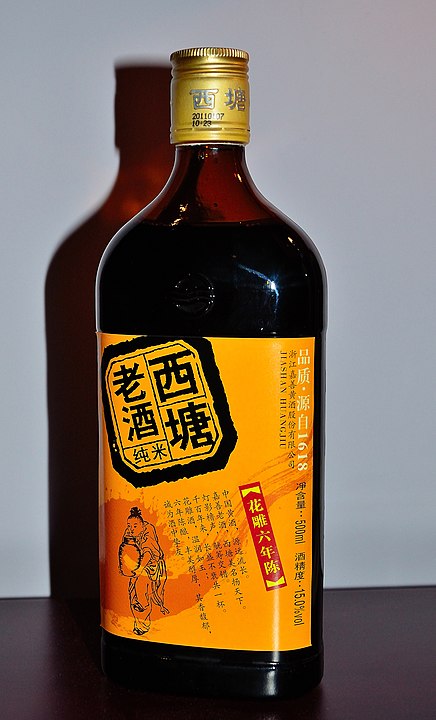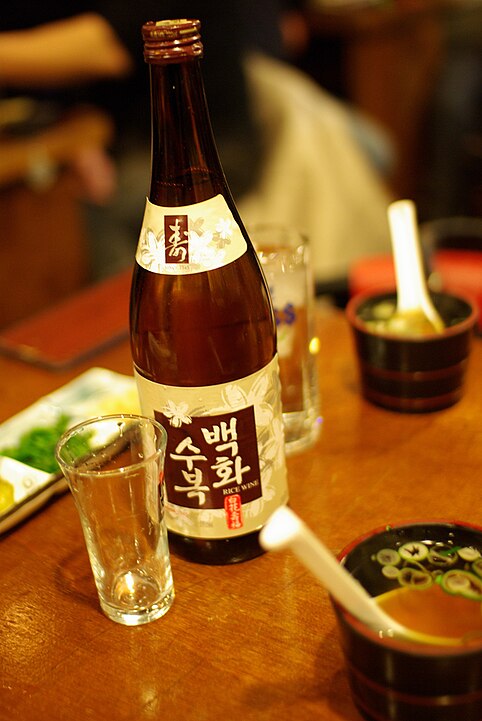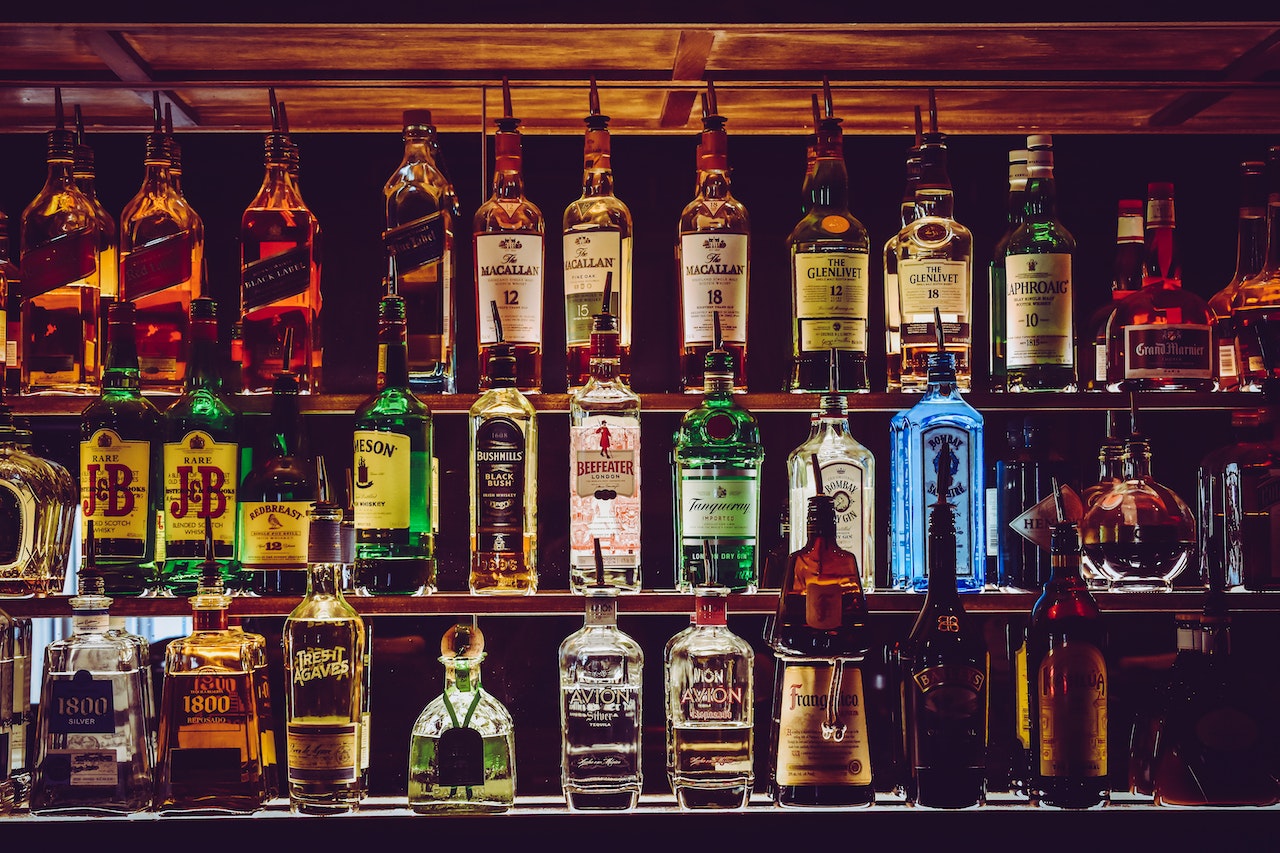China, known for its rich history and diverse culture, has a long-standing tradition of producing and consuming alcohol. Chinese alcohol, often referred to as “baijiu,” holds a significant place in the country’s social customs, ceremonies, and culinary traditions. With a wide range of flavors, production techniques, and cultural significance, Chinese alcohol offers a fascinating journey into the world of traditional Chinese beverages.
Baijiu, which translates to “white liquor” in English, is the most popular and iconic Chinese alcohol. It has a history that spans thousands of years, with records dating back to the Song Dynasty (960-1279 AD). This strong distilled spirit is typically made from grains like sorghum, rice, wheat, or corn. The production process involves fermentation in large clay pots, followed by distillation in a unique manner that sets it apart from other spirits around the world.

One of the distinguishing characteristics of Chinese alcohol is its potent aroma and high alcohol content. The flavors can be bold, ranging from fruity and floral to earthy and nutty, depending on the ingredients used and the region of production. Baijiu is classified into four main aroma categories: strong aroma, light aroma, rice aroma, and sauce aroma. Each category has its own distinctive flavor profile, making it a versatile beverage that can be paired with various dishes.
Among the different types of baijiu, Maotai and Wuliangye stand out as two of the most famous and prestigious brands. Maotai, produced in the town of Maotai in Guizhou province, has a rich history and is often referred to as the “national liquor” of China. It is known for its complex flavor profile, which combines floral, fruity, and soy sauce-like notes. Wuliangye, originating from Yibin in Sichuan province, is another highly regarded baijiu brand, characterized by its mellow and smooth taste with hints of sweet plum and honey.
In addition to baijiu, China also has a variety of other alcoholic beverages. Huangjiu, also known as “yellow wine,” is a traditional Chinese rice wine with a history that spans over 2,500 years. It is made through a fermentation process that involves steaming glutinous rice and mixing it with a unique starter culture called jiuqu. Huangjiu is typically aged in clay jars, which impart a distinct flavor and aroma to the final product. It is often consumed at room temperature or warmed, and it pairs well with a wide range of Chinese dishes.

Another notable Chinese alcohol is rice wine, which differs from baijiu and huangjiu in its production process and flavor profile. Rice wine, also known as mijiu, is made by fermenting glutinous rice with the addition of yeast and water. It has a relatively low alcohol content and a mild, slightly sweet taste. Rice wine is commonly used in cooking to enhance flavors and tenderize meats, and it can also be enjoyed on its own as a refreshing beverage.

Chinese alcohol holds a significant cultural role in various social settings. It is often consumed during festive occasions, family gatherings, business banquets, and traditional ceremonies. The act of toasting, known as “ganbei,” is an essential part of Chinese drinking culture, where glasses are raised and emptied in a gesture of respect and camaraderie. This cultural practice signifies bonds between friends, colleagues, and family members.
While baijiu and other traditional Chinese alcohols have a long history and cultural significance, it is worth noting that China’s alcohol scene has also embraced modern influences. Craft breweries, cocktail bars, and wine producers have emerged in major cities, offering a fusion of traditional and contemporary flavors.
